Tibetan Yoga Teacher Training

“Through neglect, our senses have toughened like an elephant’s hide, diminishing the fullness of our sensory capacity. Until we gently soften this ‘toughness’ by developing the natural energies of our feelings and sensations, we cannot open to the full field of experience. When we really know this, we can participate in the natural flow of the universe, for we understand that we depend on nature, and nature, indeed the whole universe, depends on us. The world will be balanced when we are balanced.” Kum Nye Tibetan Yoga, 7-8
The Kum Nye Teacher Training program is both for those who would teach Kum Nye and/or for those who want to explore it thoroughly, integrating active relaxation and healing into their lives.
In September 2020 the Nyingma Institute will launch a year-long intensive teacher training program centered on Tarthang Tulku’s first Kum Nye book, Kum Nye Tibetan Yoga. Through this program, the Nyingma Institute joins the international Kum Nye community and draws on over four decades of teachings introduced to the West by Tibetan lama Tarthang Tulku in the 1970’s in Berkeley, California.
A yogic and meditative system that works with energy, Kum Nye heals body and mind, relieving stress and opening deep relaxation. It is a means to meditation and self-knowledge. By inviting the mind into the body, through poses, movements, breathing practices and visualizations, inner experience comes alive. Kum Nye includes breathing, massage, postures, and movement exercises that release blockages and allow energy to flow unobstructed through body and mind, restoring the wholeness of being.
Instructors: Abbe Blum, Santosh Philip, and others including Donna Morton and Anita McWatters.
Faculty
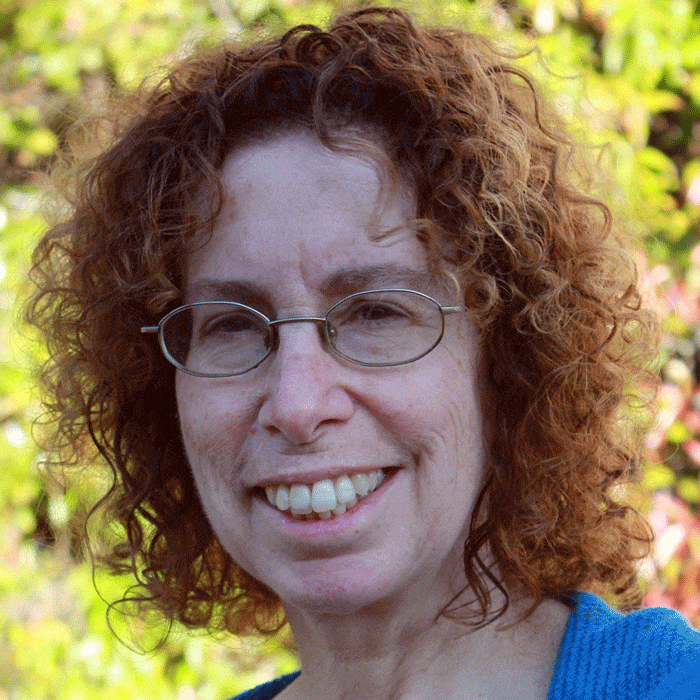
Abbe Blum
Abbe has been teaching in the Nyingma Mandala since 1998, and currently presents Kum Nye, Joy of Being, Lotus Trilogy, Caring, and Nyingma Psychology courses at Nyingma Institute and Dharma College. She worked as one of the editors on several of Rinpoche’s latest books and co-designed the hands-on Joy of Being Workbook.
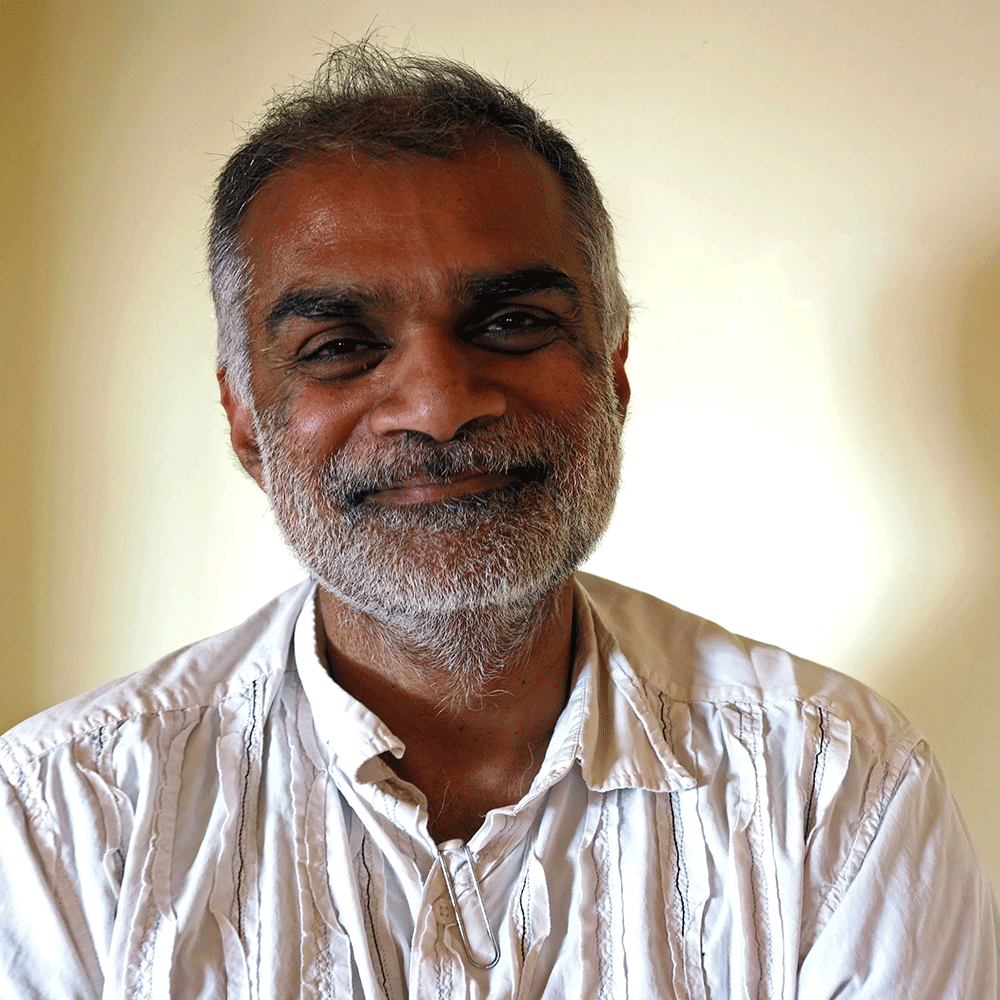
Santosh Philip
Santosh has taught at Nyingma Institute since 2003. His primary teaching area is Kum Nye, where he conveys his considerable love and respect for Tibetan Yoga self-massage and movement practices to his students, both at the advanced and introductory levels. He is also an architect and entrepreneur.
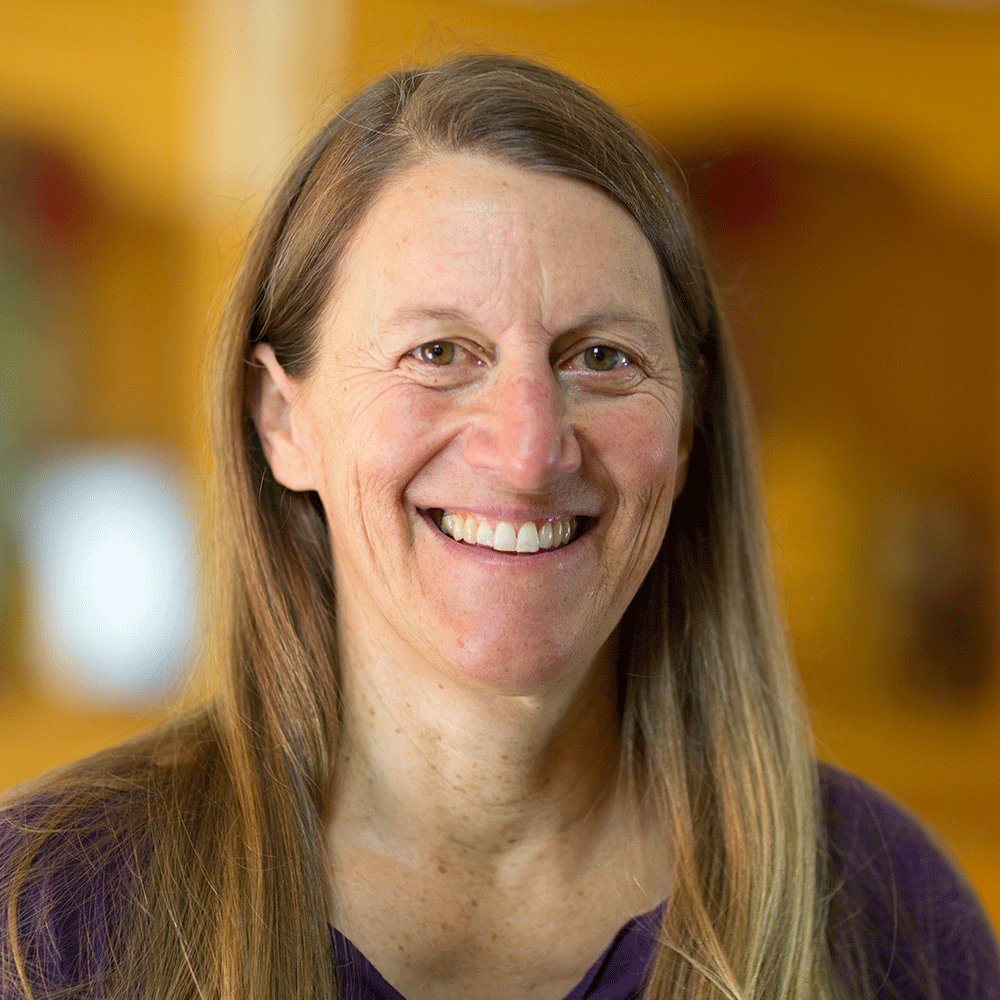
Donna Morton
Donna first encountered Nyingma teachings in 1997. Upon completing a 6-month retreat program at Nyingma Institute in 2001, she began teaching Kum Nye programs here. She is also a physical therapist, holistic nutritional consultant, and health educator.
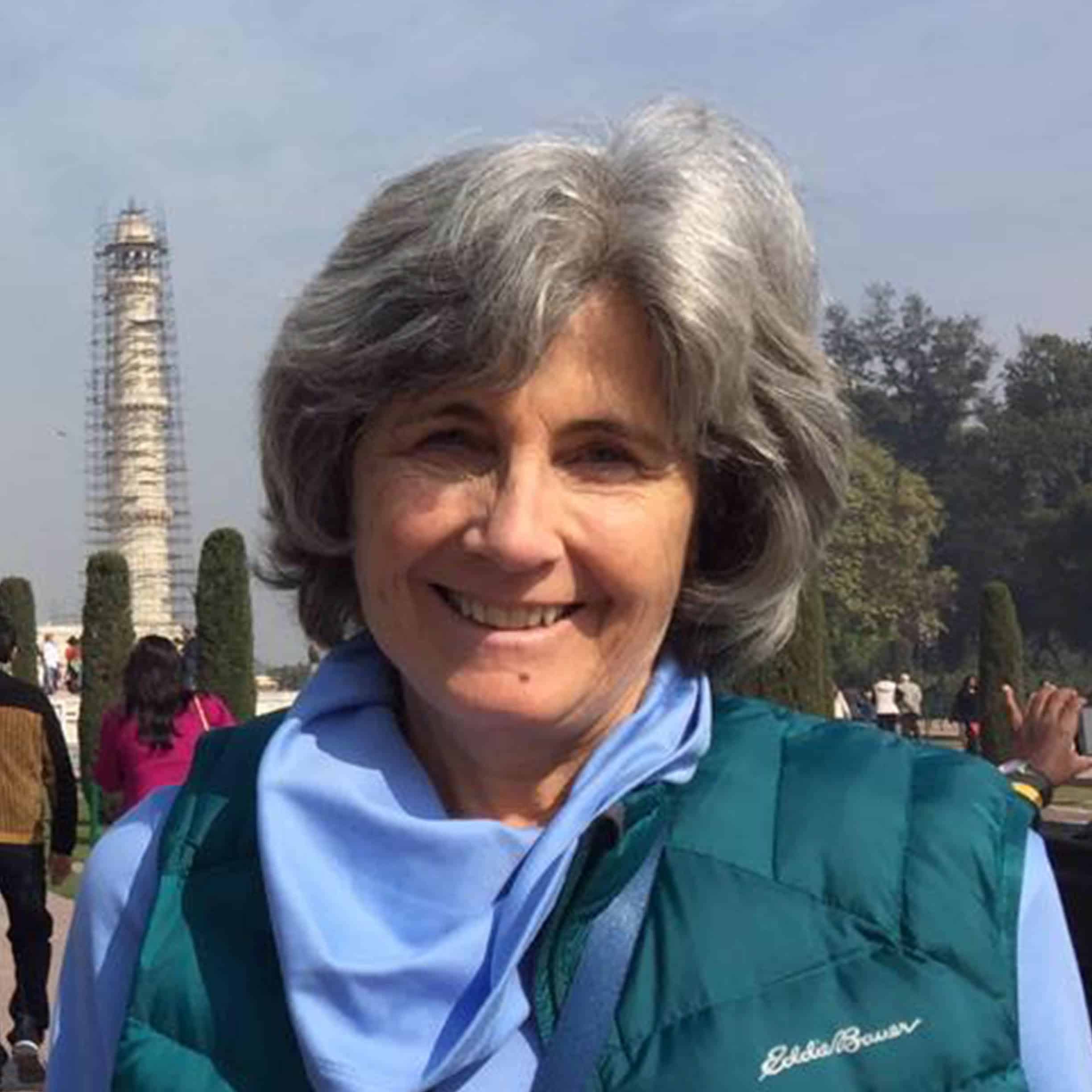
Anita McNulty
Anita has been a student of the Nyingma teachings since 1982. She has a special interest in the study and practice of Kum Nye. She is retired from a 42 year career as an RN & currently lives in Michigan with family.
*If you have already taken one of the introductory workshops, please email us for an adjusted invoice at
For the early-bird discount of $200 if you sign up by August 1st, use the code “Relaxation” when registering online.
Interested in learning more about Kum Nye?
Kum Nye Tibetan Yoga Teacher Training Program
Basis of Training
One Year Program beginning in September 2020
This training is based on Tarthang Tulku’s first book, Kum Nye Tibetan Yoga, first published in 1978, revised 2007. Students are expected to purchase this book.
200 total training hours, including contact and instruction.
I. Nine weekend workshops
Location: The Nyingma Institute, Berkeley; online in 2020.
(Note: all times are Pacific Time)
2 workshops at the beginning and end of training: 5 – 7 PM Friday night; 9 – 3 PM Saturday and Sunday
7 workshops, 9 – 3 PM Saturday and Sunday
Themes of these trainings are based on the International Kum Nye Teacher Training, “Vibrant Aliveness” designed by Arnaud Maitland and offered since 2015
Themes include: developing relaxation, opening the senses, living life in the breath, among other topics.
II. Activities for additional 88 contact hours
- Participation in one weekly Kum Nye class per semester
- Coaching and feedback, webinars from Nyingma Institute Kum Nye Teaching Faculty
- Internships (practice teaching) and/or supervising practice groups.
III. Ongoing self-study
Weekly self-study consisting of daily practice of Kum Nye and study of Kum Nye Tibetan Yoga, methods TBA.
Goal of Kum Nye Teacher Training
The essence of Kum Nye Level One Training is stress reduction: relieving tension, transforming negative patterns via body-mind/mind-body discipline.
- By the end of the training you embody Kum Nye as much as possible, embodying “vibrant aliveness.”
- You will be able to pass this on to third parties in your unique way, while constantly experimenting with the exercises and researching your experience*
*The expectation is that you will do so mainly in person, not teaching courses online. Also those who complete the training are not authorized to teach others to become authorized teachers.
Conditions for authorization at the end of training
- Sufficient presence and commitment during the training (to be assessed by the Kum Nye Teacher Trainers)
- Satisfactory review from Kum Nye coaches/teachers.
- Practice exercises reviewed by coaches/teachers. These take place during the weekend trainings; in your own practice group; through internships at the Nyingma Institute; and in your own practice.
- Teaching and attending during webinar meetings.
- Completion of a paper on the function and possibilities of Kum Nye in general or in terms of the professional context in which you would be offering the exercises.
- Satisfying the training costs.
This authorization applies to passing on of Level 1 Kum Nye exercises in groups or individuals for a period of 3 years. The authorization can be renewed by following annual refresher training days.
Kum Nye Teacher Training Dates
2020
Fall quarter: August 24 – October 16 (8 weeks)
Workshop 1: September 11 – 13 [Friday 5-7 pm, Saturday 9-Noon and 2-3 pm, Sunday 9-Noon and 2-3 pm]
Workshop 2: October 17 – 18
Late Fall quarter: October 26 – December 18 (8 weeks)
Workshop 3: November 21 – 22
2021
Winter term: January 11 – February 6 (4 weeks)
Workshop 4: January 16 – 17
Early Spring quarter: February 15 – April 10 (8 weeks)
Workshop 5: February 20 – 21
Workshop 6: March 27 – 28
Late Spring quarter: April 19 – June 12 (8 weeks)
Workshop 7: April 24 – 25
Workshop 8: June 12 – 13
Summer quarter: June 21 – August 14 (8 weeks)
Workshop 9: August 13 – 15
Cost of Training
Special inaugural price: $1,900 (Regular price: $3,000)
Due to the pandemic and the disruption in people’s lives, this inaugural Kum Nye Teacher Training program is to be offered—this year only—at the significantly discounted price of $1,900 ($158 per month) with an early-bird discount of $200 if you sign up by August 1.
For the early-bird discount, use the code “Relaxation” when registering online.
Download PDF Specifics of the Teacher Training
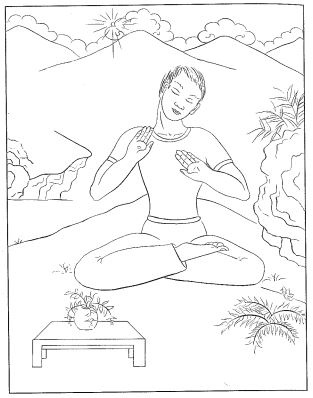
Exercise 37: Balancing the Senses
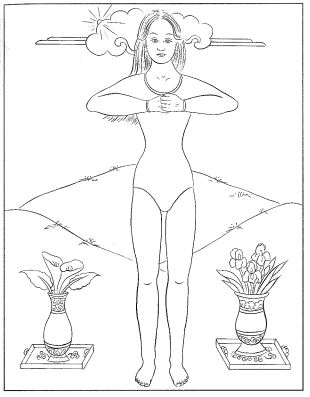
Exercise 48: Enjoying Space
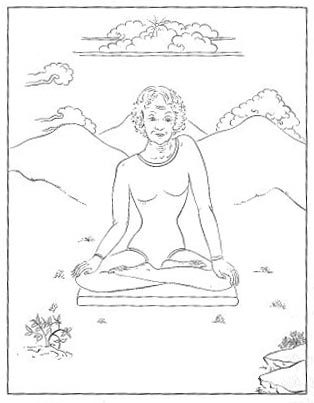
Exercise 44: Touching the Senses
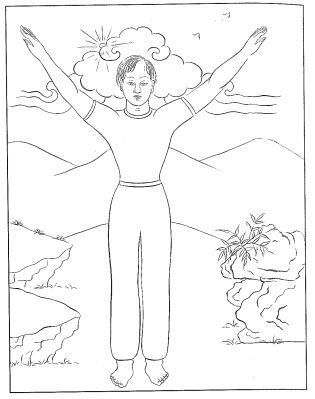
Exercise 22: Flying
Sample Workshops for Kum Nye Teacher Training:
These workshops are designed for attendance by participants in the Teacher training only and are not available for drop-in participants.
#1 September 11-13, 2020
Listening to the Body: Relaxation through Learning to Feel
“The key to both our internal integration and a balanced relationship with the world lies within our feelings and sensations. We can nurture and heal both our bodies and minds by touching our feelings deeply and expanding the flowing rhythms they bring us, for they are linked to the vitality of the universe itself.”
Kum Nye Tibetan Yoga “The Inner and Outer Massage of Feeling” p.4
This foundational workshop, based on Part One of Kum Nye Tibetan Yoga – Theory, Preparation, Massage, introduces feeling and relaxation from a Kum Nye point of view through: central topics found in “The Inner and Outer Massage of Feeling” (3-18); the development of the breathing of Kum Nye; and the 7 gestures sitting posture that encourages smooth flow of energy and positive healing. Each weekend training approaches Kum Nye in three ways: What is Kum Nye, How to Practice Kum Nye, and How to Teach Kum Nye.
*A workshop for Kum Nye Teacher Training
Hours – all Pacific Time. Please note and translate to your time zone.
- Friday, September 11, 2020 5- 7 pm
- Saturday, September 12, 9am – 12 noon and 2-3 pm
- Sunday, September 13, 9am- 12 noon and 2-3 pm
#2 October 17-18, 2020
Deepening the Experience of Kum Nye Relaxation
“Once we tap this relaxation, we learn to operate sensations and emotions with a playful, open attitude, and everything becomes relaxation.”
Kum Nye Tibetan Yoga p. 16
This second weekend continues the central Kum Nye activity of learning to feel through deepening relaxation. Among the topics explored will be: making contact with and tasting feelings; sensing into positive, negative, neutral feelings; the three levels of Kum Nye and following sensation; challenges of holding back and restlessness; breath and silence; balancing body, breath and mind through guiding practice. This weekend as well as the third in November also takes up transformation through the four main energy centers or chakras and presents material in terms of: What is Kum Nye, How to Practice Kum Nye, and How to Teach Kum Nye.
*A workshop for Kum Nye Teacher Training
Hours – all Pacific Time. Please note and translate to your time zone.
- Saturday October 17, 2020, 9am to 12 pm and 2-3 pm
- Sunday, October 18, 9am to 12 pm and 2-3 pm
#3 November 21-22, 2020
Stimulating and Transforming Energies
“Our physical bodies are much less solid than they seem. They are not fixed and impervious ‘objects’, but essentially flowing and open, participating in an ongoing process of ‘embodiment’ of energies.”
Kum Nye Tibetan Yoga p. 291
This third teacher training considers the pathway from relaxation to inner Kum Nye elements such as the senses as two way channels, and their inner working; soft calm breath that becomes more subtle; and expanding sKu/Kum. Deepening and integrating Kum Nye transformation through the four main energy centers (chakras) is also explored. The training continues the format of What is Kum Nye, How to Practice Kum Nye, and How to Teach Kum Nye.
Hours – all Pacific Time. Please note and translate to your time zone.
- Saturday November 21, 9 am to 12 pm and 2-3 pm
- Sunday November 22, 9am to 12 pm and 2-3 pm